DR. SHANE SWATTS AND DR. LEAH RAMOS OF EASTERN VIRGINIA EYE ASSOCIATES (EVEA)
With dry eye affecting nearly half of all patients, EVEA opens a Dry Eye Spa
by Kathy Van Mullekom
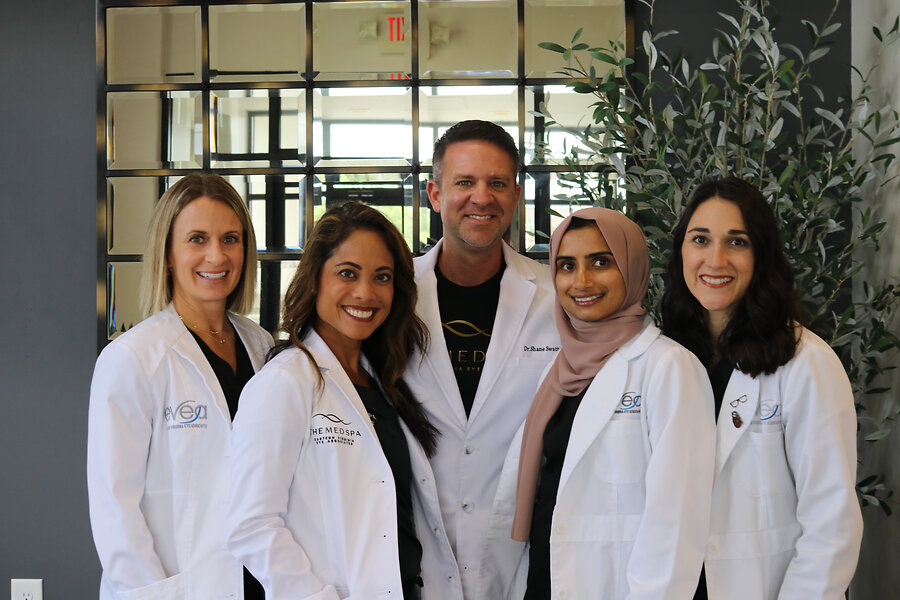
From left: Dr. Courtney Kness, Dr. Leah Ramos, Dr. Shane Swatts, Dr. Sadia Kalsoom, Dr. Christina Gratkowski
With dry eye impacting over 49 million Americans and over 80 percent of patients nationwide wishing there was something more effective to treat their dry eye other than traditional drugs and drops, Dr. Shane Swatts and Dr. Leah Ramos knew something had to be done. Together with their associates at Eastern Virginia Eye Associates (EVEA), this husband-and-wife team decided to get to the root cause of the problem.
In the process, Dr. Swatts has become a nationally-recognized expert on the condition, and EVEA has expanded to include specialty services dedicated to advanced dry eye treatments, culminating in the opening of its Dry Eye Spa. Spa-like furnishings and lighting have transformed private treatment rooms in an entire wing of EVEA into comfy, cozy spa spaces where patients can learn more about the condition and receive the latest cutting-edge treatments.
Although widespread, dry eye is perhaps the most misunderstood condition affecting people's eyes. Committed to educating people regarding the facts, Dr. Swatts takes on some common misperceptions.
"People think dry eye means you are not making enough tears, and that's not the case," Dr. Shane Swatts explains. "There can be many reasons for dry eye, and excessive tearing is actually one of the more common symptoms of dry eyes. Excessive tearing is known as reflex tearing or toxic tearing."
Another misconception is that dry eye is an inevitable result of aging. "Dry eye is caused by many conditions," Dr. Swatts points out, "and age is not always a factor."
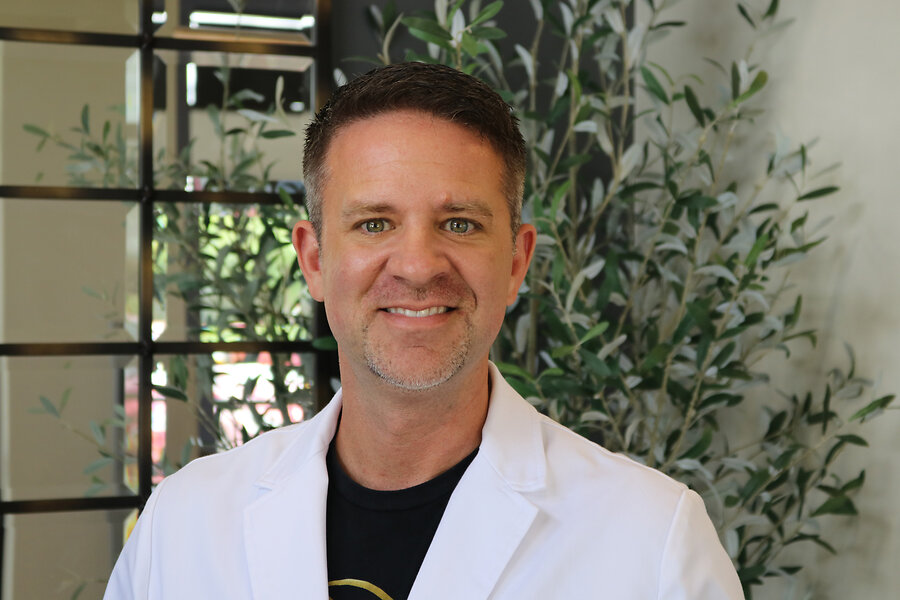
Dr. Shane Swatts of Eastern Virginia Eye Associates (EVEA)
When it comes to dry eye, not all tears are created equal. Tear quality, not tear quantity, is the real issue.
The culprit is the meibomian glands located along the inner lining of the eyelids, just behind the eyelashes. These glands secrete meibum-an oil that resembles baby oil-into the tear film. The oil controls the quality of tears and coats the eye surface to keep tears from evaporating too quickly.
When these glands become clogged, infected, damaged, or die, it results in a medical condition known as Meibomian Gland Dysfunction (MGD). This condition also occurs when the glands are not secreting enough oil or when that oil is of poor quality. MGD in the early stages often goes unnoticed unless a routine eye exam catches it. Notably, over 82 percent of those with dry eyes suffer from MGD as the leading cause.
"I've seen a 20-year-old with 90 percent loss of these glands and a 90-year-old with only 20 percent loss," Dr. Swatts says. "Dry eye is a multifactorial disease process, and no two dry eyes are the same."
The list of factors that can cause the oil glands to become blocked, infected, damaged, or missing is lengthy. According to Dr. Swatts, the most common causes of gland dysfunction include environment, oral medications, systemic health issues, toxic makeup, certain cosmetic procedures performed around the eye, contact lens wear, computer and phone screen-time use, and skin conditions such as Rosacea.
Dry eye (also known as Ocular Surface Disease) results in eyelids that become sore and swollen. The eyes can become itchy and feel gritty-as if something is in the eye. The eyes can also be red and watery, causing blurry vision. Other dry eye symptoms include fluctuating vision, light sensitivity, tired eyes, and stringy mucous in and around the eyes. Those suffering from dry eye may even experience their eyelids sticking together when first waking up in the morning.
In the past, steroid eye drops were the most-prescribed solution. But often, when the drops were stopped, dry eye returned. "A lot of eye drops are band-aids that immediately make the eye feel better," Dr. Swatts explains, "but that good feeling doesn't last for the long haul. For some people, dry eye may become their new "normal," with dry eye symptoms being so chronic they forget what normal actually feels like. But it doesn't have to be that way because there are ways to avoid the disease and many options for treating it if it's caught early and treated appropriately. Technology has come a long way, and we are excited to be able to offer these more advanced treatments to our patients. That's what we do here."
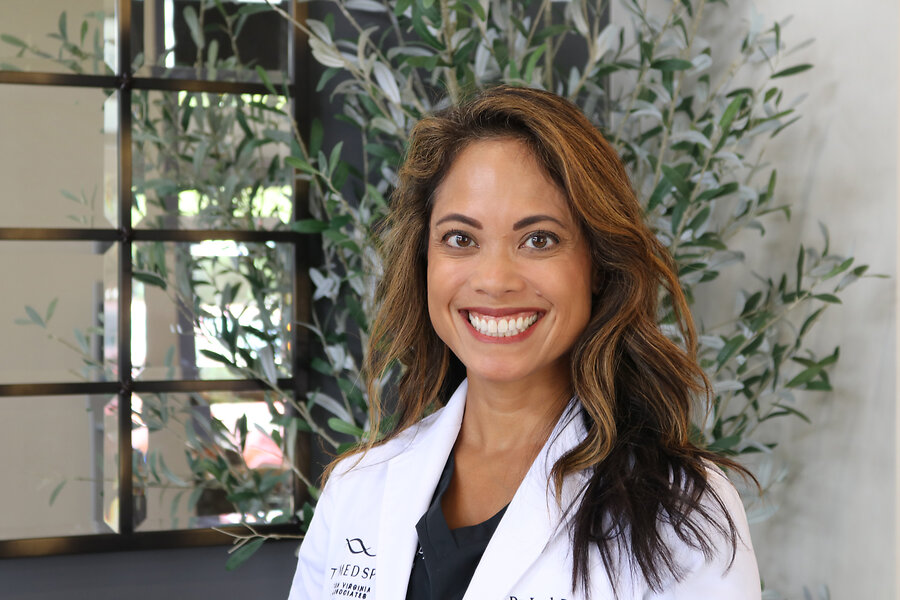
Dr. Leah Ramos of Eastern Virginia Eye Associates (EVEA)
The Dry Eye Spa hands out a "naughty list" of makeup ingredients to avoid...The helpful handout also provides makeup recommendations and tips.
The key is to first pinpoint the problem. At EVEA, each and every eye-care patient who walks through the front door is given a Meibography-non-invasive imaging that shows the glands. Normal glands look like a row of piano keys, while abnormal ones appear twisted or thickened or are totally missing.
"This screening is part of our regular eye exam, and recommendations are made as needed to our Dry Eye Spa for more advanced care, where we can focus on the root causes of the problem," Dr. Swatts explains.
Dr. Swatts, Dr. Leah Ramos, and Dr. Sadia Kalsoom staff the specialty spa, while Dr. Courtney Kness and Dr. Christina Gratkowski provide medical services in the main clinic. The practice is in the process of expanding its staff to include a Master Esthetician and a Physician Assistant who will provide wellness aesthetic services, such as Botox and Dermal Fillers. "Many common aesthetic procedures, such as Botox, can contribute to chronic dry eyes when performed in certain areas around the eyes," says Dr. Swatts. "We love aesthetics and provide many aesthetic services but are also mindful of the big picture. We don't want to trade off fewer wrinkles for red, irritated, light-sensitive eyes when there are ways to look good AND feel good."
Every patient in the Dry Eye Spa receives treatments that are customized to their specific needs. In an evaluation room, Dr. Swatts, Ramos, and Kalsoom ask each patient about their medical history, current medications, and lifestyle. Imaging is used to detect gland oil that has gone from a smooth baby oil flow to a whitish toothpaste-type consistency; damaged or missing glands will also show up. Patients can see their gland imaging on a screen while the test results are explained.
The doctors take a tiny tear sample from both eyes, each about the size of a period at the end of a sentence. Using a TearLab device, they then measure each sample's osmolarity or saltiness. "As saltiness increases in tears, ocular surface cells become damaged," Dr. Swatts points out. "The test is similar to blood glucose testing for diabetes patients, and it can be repeated over time to determine if treatments are working and to monitor ocular surface health.
"Most people don't realize it, but rosacea, which causes red skin, visible blood vessels, and pimples, can adversely impact eye health by causing dry eye," Dr. Swatts continues. The condition, called ocular Rosacea, impacts the cheek area on the face. Those blood vessels lead to the eyes and can cause them to appear bloodshot." In fact, studies show that 80 percent of patients with Rosacea also have MGD.
Making matters worse is the possibility of Demodex mites living among the bacteria and debris in eyelashes. Mites and bacteria play natural roles in a body's health, and two species of the mite genus Demodex-routinely called "skin mites" and "eyelash mites"-are found on humans. "That's not something we like to think about-bacteria and mites on our body," Dr. Swatts laughs, "but they are there, and now we have simple, effective ways of preventing them from damaging the eyes, eyelids, and lashes."
Dr. Swatts is proud of the expertise available at EVEA's Dry Eye Spa. In addition to in-house patients, the dry eye spa gets referrals from dermatologists, ophthalmologists, optometrists, rheumatologists, and other medical professionals.
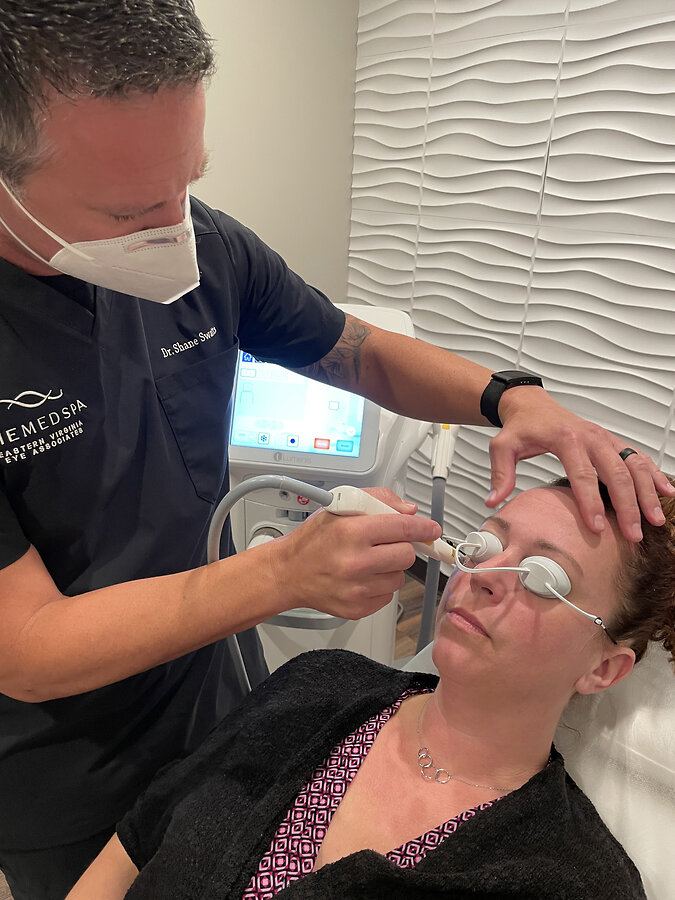
Dr. Shane Swatts with The Dry Eye Spa
In 2021, EVEA was among the first providers in the nation to bring in the new FDA-approved IPL (Intense Pulsed Light), which simultaneously targets abnormal blood vessels, bacteria, inflammation, and congested eye glands.
As many dry eye treatments were born in the world of dermatology and aesthetics. "Not Surprisingly, patients also began to see improvements in their skin," Dr. Swatts reports. "We repeatedly began to hear, 'My eyes feel good, but my skin looks great," which is a pleasant side effect of having your dry eyes treated."
Radiofrequency is not only an excellent tool for skin tightening, but it also benefits eye health, especially dry eye. The technique stimulates collagen production by safely delivering high-frequency electrical currents across the skin's surface. It generates heat to smooth fine lines and wrinkles around the eyes and face and simultaneously melts congested oils in the meibomian glands, improving the normal flow of oil from the eye's glands.
Relatively new is the FDA-approved Tyrvaya, a preservative-free nasal spray that activates tear film production, helping the body create more natural, healthy tears. "Tyrvaya is a great tool in our toolbox," Dr. Swatts says. "A lot of eye drops have preservatives in them, and putting medications that contain toxic preservatives in the eye can cause even more irritation."
A variety of new products will soon be in EVEA's toolbox: PRP (platelet-rich plasma) eye drops, Regener-Eyes biologic drops, autologous serum (a blood-derived eye drop that mimics the properties of natural basal tears), and amniotic membranes (think placental tissue made into a large contact lens) are also advanced treatment options provided in the EVEA Dry Eye Spa.
"We repeatedly began to hear, 'My eyes feel good, but my skin looks great."
- Dr. Shane Swatts
- Dr. Shane Swatts
A variety of new products will soon be in EVEA's toolbox: PRP (platelet-rich plasma) eye drops, Regener-Eyes biologic drops, autologous serum (a blood-derived eye drop that mimics the properties of natural basal tears), and amniotic membranes (think placental tissue made into a large contact lens) are also advanced treatment options provided in the EVEA Dry Eye Spa.
The Dry Eye Spa also educates women on the adverse role that some makeups can play in dry eye issues.
"Think about this fact: in the United States, there are 13 banned chemicals in makeup," Dr. Swatts notes, "while in Europe, there are 1,300 banned chemicals in makeup. Since the FDA does not require these products to be approved before they are marketed, many available beauty products have harmful ingredients that cause damage to our eyes. Certain makeups and skin care products can cause allergies, blepharitis, dryness, signs of early aging, irritation, clogged meibomian glands, and other complications to the ocular surface. Becoming aware of these nasty offenders is important and empowers us to make better choices that support our overall health and well-being."
The Dry Eye Spa hands out a "naughty list" of makeup ingredients to avoid, including parabens, petroleum distillates, titanium dioxide, coal tar, formaldehyde, heavy metals, oxybenzone, isobutyl, propylene glycol, and prime yellow carnauba wax, just to name a few. The helpful handout also provides makeup recommendations and tips, such as avoiding waterproof eye makeup, never getting permanent makeup, and avoiding Retin-A/Retinols and Botox along the eye area. The list discourages lash extensions, false lashes, and certain lash serums.
Because treating dry eye is a "marathon, not a sprint," Dr. Swatts gives patients homework. He discusses ways to improve eyelid/eyelash hygiene to clear away dead skin and oil, which can breed bacteria.
"Women tend to be more consistent about cleaning their faces, mostly due to makeup," he observes, "but even makeup cleansers don't always do the job." He also suggests nutritional ways to improve eye health, such as an Omega-3 fatty acid-enriched diet that helps improve the quality and consistency of the oils produced by the eye glands.
Now recognized as a leading expert on dry eye, Dr. Swatts often finds himself crisscrossing the country, educating other doctors and professionals on advanced treatments for the disease.
When not helping their patients, Drs. Swatts and Ramos enjoy family time with their two daughters, ages 12 and 17. An English bulldog and a tortoise round out the happy household. At home, Dr. Swatts tries not to talk about dry eye-"Even though he likes to," Dr. Ramos says, laughing.
When not helping their patients, Drs. Swatts and Ramos enjoy family time with their two daughters, ages 12 and 17. An English bulldog and a tortoise round out the happy household. At home, Dr. Swatts tries not to talk about dry eye-"Even though he likes to," Dr. Ramos says, laughing.
If her husband slips up and discusses work at home, Dr. Ramos understands. She genuinely loves their practice and considers their work a true calling. And she feels a personal connection with patients suffering from dry eye.
"I have dry eye, too, due to the contacts I wear," she says. "Most people who wear contacts usually phase out of them in their 40s or 50s because of dry eye. I'm just pleased that my husband and I, along with our dedicated associates at EVEA, can help our patients deal with a problem that affects so many people."
Eastern Virginia Eye Associates
1108 Cedar Road
Chesapeake, VA 23322
757-436-3937
http://www.evea2020.com
CURRENT COLUMNS
Publisher’s Point 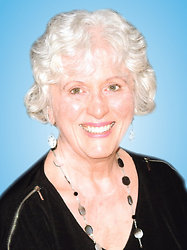
Time To Moveby Jean Loxley-BarnardChildren First 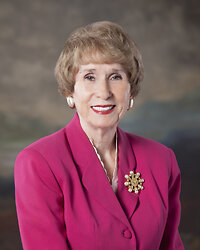
Dandelion Timeby Becky AdamsOn The Front Porch With You 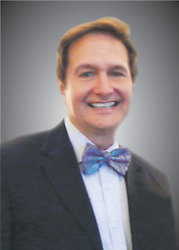
Memories of Homeby Rob LauerRelationships 
When Your Security Blanket is in the Dryerby Dr. Bill Austin
